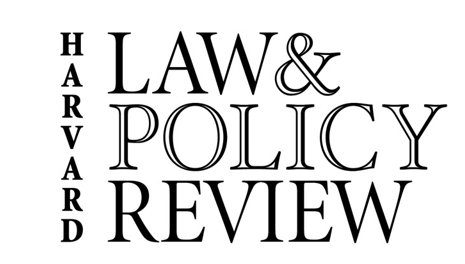By Leah M. Adams*
As 2018 draws to a close, we are left with just one year to fulfil the 2020 vision of the National HIV/AIDS Strategy (NHAS), a set of goals for HIV prevention and treatment that was created by the White House in 2010, and then updated in 2015. To be sure, the priorities and action steps outlined in the NHAS are lofty, and include aims such as 1) reducing the number of new HIV infections, 2) establishing seamless systems to link people to and maintain them in care, 3) targeting stigma and relying on structural approaches to curb HIV- and health-related inequities, and 4) improving the coordination of HIV monitoring and care on a national level. Given that we are nearing the finish line, it’s time to ask ourselves: how are we doing? It turns out, there’s no easy answer to that question.
What’s Going Well?
There has been remarkable progress in the fight against HIV/AIDS, with successes in treatment and in prevention. The idea of HIV as an automatic “death sentence” is fading from speech, as medical advances have helped people not only live longer, but also thrive with the disease. Scientific evidence has clarified that better outcomes are obtained by initiating highly active antiretroviral therapy (HAART) immediately after diagnosis, and we now know that if viral suppression is maintained, HIV cannot be transmitted to HIV-negative partners. With regard to prevention, there has been a sustained decline in the overall number of new cases of HIV each year (from an estimated 41,800 in 2010 to 38,500 in 2015). One of the biggest recent successes in prevention has been the discovery and implementation of pre-exposure prophylaxis (PrEP). PrEP is a biomedical HIV prevention regimen in which people who are HIV-negative take a daily dose of antiretroviral medication in order to reduce their risk of contracting the disease. When taken as prescribed, PrEP significantly reduces the risk of HIV acquisition, and is poised to be a key component of continued prevention efforts.
A Long Way To Go
Despite these gains, the national response to HIV/AIDS has had significant shortcomings. HIV-related disparities exist across the care continuum – HIV-positive racial/ethnic minorities are less likely to be retained in care or achieve viral suppression, and are more likely to die of AIDS than their white counterparts. Although the overall number of new HIV diagnoses has decreased, rates have actually increased among black and Latino gay and bisexual men.5 The South, formerly the region with the second lowest proportion of new HIV cases (16%), now accounts for almost half of all new diagnoses. This steep ascent has been the result of many interacting social, structural, and political forces. For example, the South has lower rates of health coverage, higher rates of poverty, and lower state-level contributions to HIV/AIDS assistance programs than other region — characteristics acting independently and jointly to contribute to the elevated HIV rate. PrEP, with all of its potential to be a gamechanger in eradicating HIV is not yet scalable, and has not met the need of the estimated 1.1 million people who could benefit from it. Further, there is mounting evidence that PrEP, as it is currently being implemented, could exacerbate existing HIV-related disparities. The vast majority of prescriptions have been to white gay or bisexual men who live on the West Coast or in the Northeast, and knowledge/trust of and access to PrEP remain significant barriers to uptake among racial/ethnic minorities, transgender women, and other groups at elevated risk for HIV. It is also difficult to address our progress in combating HIV/AIDS without considering co-occurring epidemics like the opioid crisis. The opioid epidemic, which is wreaking havoc in rural areas as well as urban communities, has helped to usher in a 133% increase in the rate of hepatitis C infection, a disease that commonly co-occurs with HIV and has the effect of worsening HIV-related outcomes. These issues have shared vulnerabilities and are certainly linked, but targeting only one won’t fully resolve the other.
What’s Next?
Hope is not lost. There is reason to believe that we can eradicate HIV/AIDS, even in the absence of a cure, but it won’t happen on its own or by accident. We must be intentional in our efforts to combat HIV/AIDS and we must continue to devote local and national resources to the fight. Congress’ recent rejection of President Trump’s proposed cuts to national ($40 million) and global (> $1 billion) HIV-targeted funding represents a welcome a necessary commitment to this endeavor. Still, allocating the same fixed amount of resources in the same way likely won’t solve the problem. HIV/AIDS is a unique disease – it carries with it a loaded history that has revealed some of the nation’s deepest prejudices and has disproportionately affected some of the most marginalized among us. A successful strategy to end HIV as we know it must acknowledge and address this reality. Health is more than the absence of sickness, and a comprehensive HIV/AIDS strategy must recognize the social, environmental, and political context in which the person and the disease exist.
* Leah M. Adam is an Assistant Professor of Psychology and Women & Gender Studies at George Mason University.

